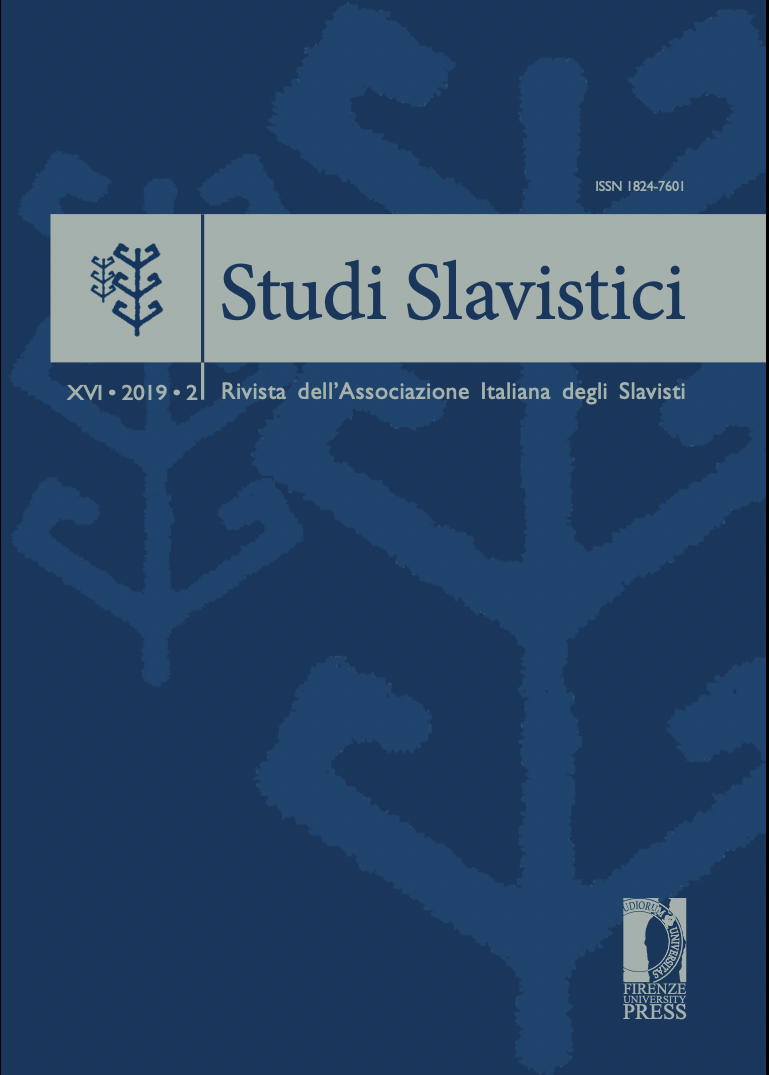Slavia latina e Slavia ortodossa. Per un’interpretazione della civiltà slava nell’Europa medievale
Abstract
Slavia Latina and Slavia Orthodoxa. An Interpretation of Slavic Civilisation in the Medieval EuropeThe first part of the study focuses on the early centuries of Slavic cultural history and attempts to build up a picture of the gradual acculturation to the Mediterranean world. This process slowly gave rise to the distinct realities of Slavia latina and Slavia orthodoxa, first in the Balkan peninsula and then in Central and Eastern Europe. The emphasis of this reconstruction is religious orientation and the question of language rather than the formation of individual Slavic nations. Consideration is also given to the borderline areas and the process of interaction between Slavia orthodoxa and Slavia latina. The origins and development of this interpretation (first advanced by Riccardo Picchio back in the 60s) are pieced together in the second part of the study, which outlines the ensuing discussions and the main objections that were raised, dwelling in particular on the complex critique offered by Sante Graciotti. The discussion and objections did not fundamentally undermine the idea that two distinct realities – which, taking into account their internal dynamics, can be called Slavia latina and Slavia orthodoxa – emerged in the course of the Middle Ages. In any case, scholarly debate has helped to more clearly define the characteristic features and the historic evolution of the two-part division of the Slavic world, though further study is still required on the historic level and on the literary and linguistic ones.


